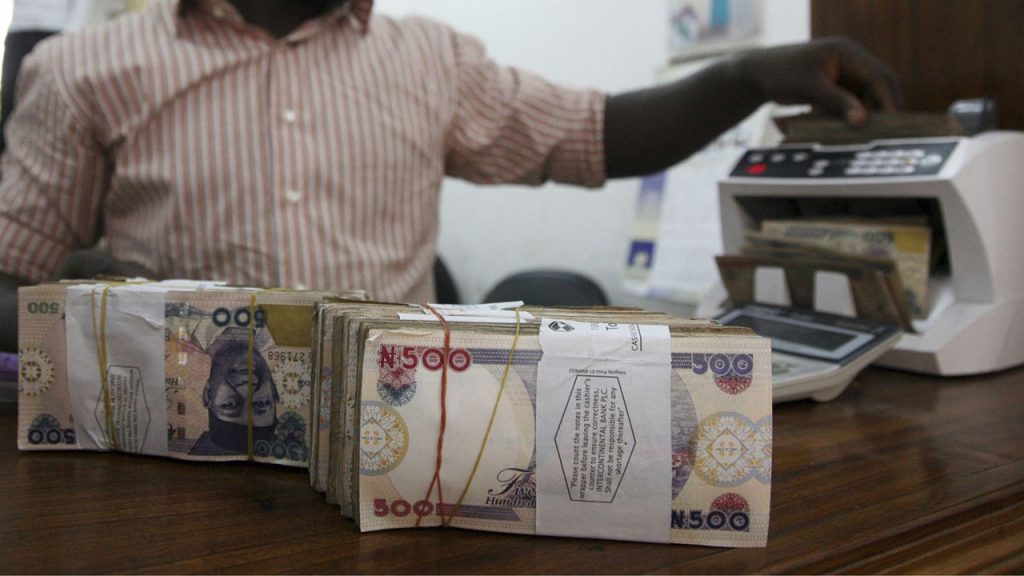CEM REPORT, FINANCE | Credit to the private sector from banks has hit an all-time high of ₦52.81 trillion in June. This is an increase of 17.93 per cent from ₦44.78 trillion in the preceding month (May).
Credit to the government by banks also experienced a 1.69 per cent increase from N31.23 trillion in May 2023 to N30.71 trillion.
Consequently, currency-in-circulation increased by 3.17 per cent to N2.60 trillion in June from N2.52 trillion in the previous month.
More so, money supply in Nigeria (M3) rose by 16.53 per cent an increase to N64.90 trillion in June from N55.69 trillion in the previous month.
Meanwhile, currency outside banks (M2) rose to N64.35 trillion in June, representing 15.84 per cent above the N55.55 trillion recorded in May.
Furthermore, Adeola Adenikinju, a member of the MPC, said the nation’s monetary base increased from N15.975 trillion to N17.543 trillion due to an increase in currency-in-circulation and reserve requirement.
In comparison to the benchmark of 19.64 per cent for 2023, claims on the central government (net) increased by an annualized value of 112.05 per cent while net foreign assets declined by an annualised value of -77.13 per cent, lower than the 2023 benchmark of 38.82 per cent.
According to Adenikinju, the net open market operation maturity (N47 billion), FAAC (N322 billion), net financing (N443 billion), and net FGN operations (N813 billion) were the main sources of net liquidity for the economy in April 2023.
Claims on central government (net) rose by the annualised value of 112.05 per cent compared with the 2023 benchmark of 19.64 per cent, Adenikinju added.
She, however, said net foreign assets declined by an annualised value of -77.13 per cent, lower than the 2023 benchmark of 38.82 per cent.
Major sources of net liquidity to the economy in April 2023 are net open market operation maturity (N47 billion), FAAC N322 billion, net financing (N443 billion) and net FGN operations (N813 billion), he added.
Yemi Kale, partner and chief economist, KPMG Nigeria, attributed the increase to the collapsing of the Forex (FX) window.
“It might have to do with the fact that the exchange rate was adjusted upwards so it pushes up the naira value of FX in bank accounts and FX loans.”
He added that unless there is more money than economic activity to absorb that money, it becomes potentially inflationary.
[READ ALSO] CBN To Blacklist Bank Directors, Extends Tenure of MDs
“So unless the excess capital has productive activities for it, it can drive inflation and worsen purchasing power. It can also put pressure on the FX market.”
M3 is a money supply measurement that comprises M2 money, large time deposit, short-term repurchase agreements and large liquid assets.
M2, includes quasi-money, narrow money, currency outside banks and demand deposits.








